ANDY WARHOL (1928-1987)
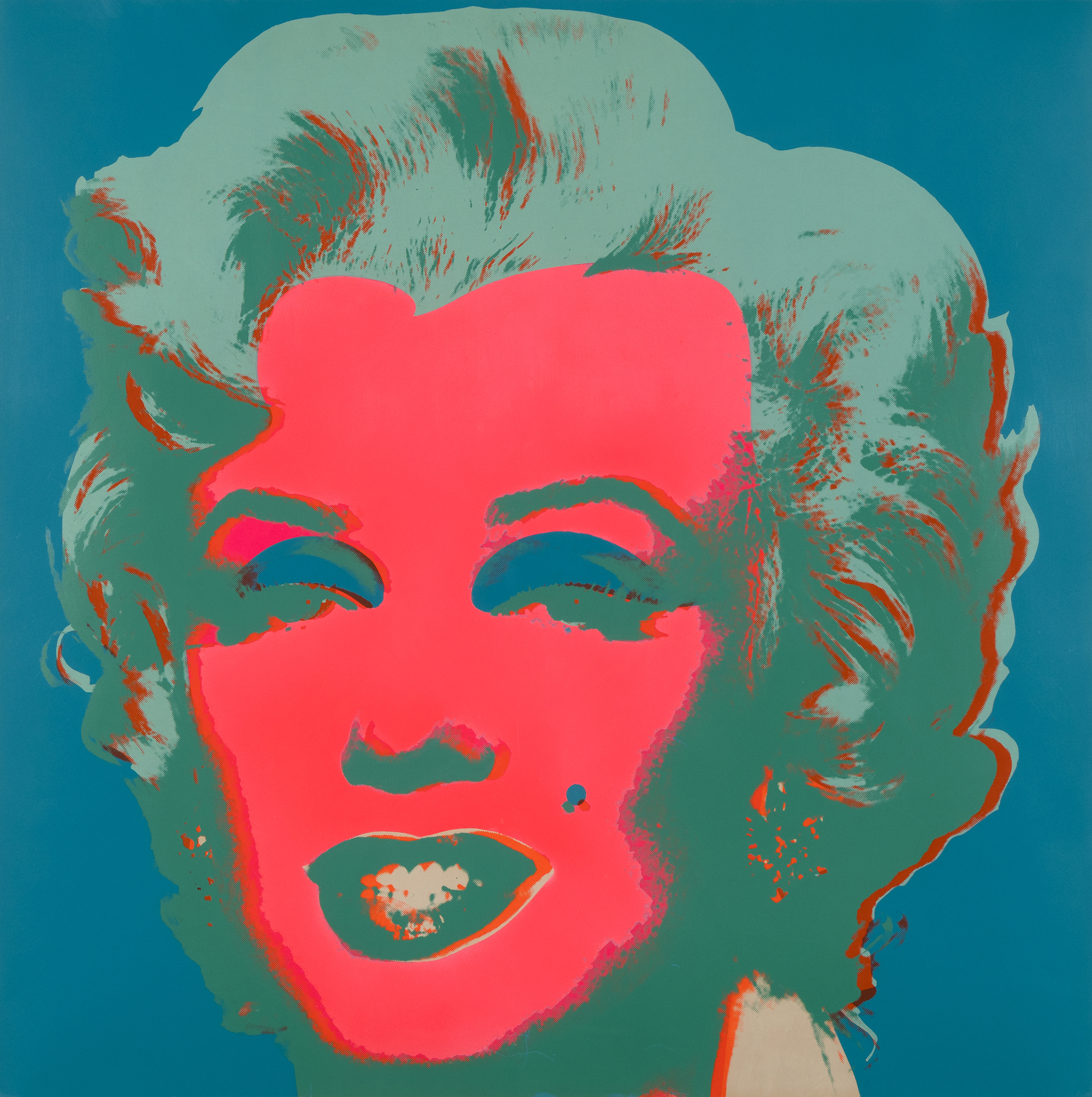
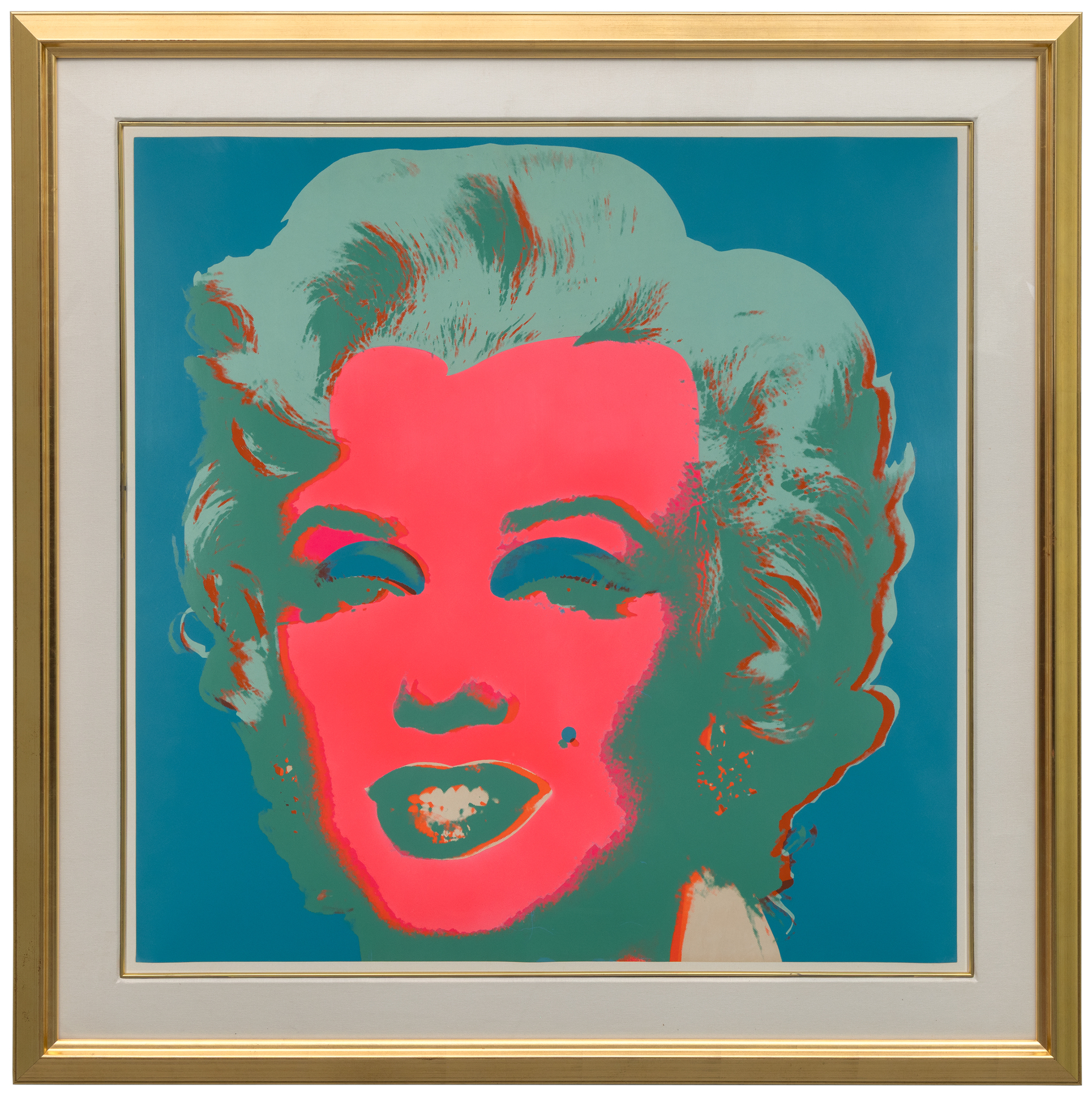
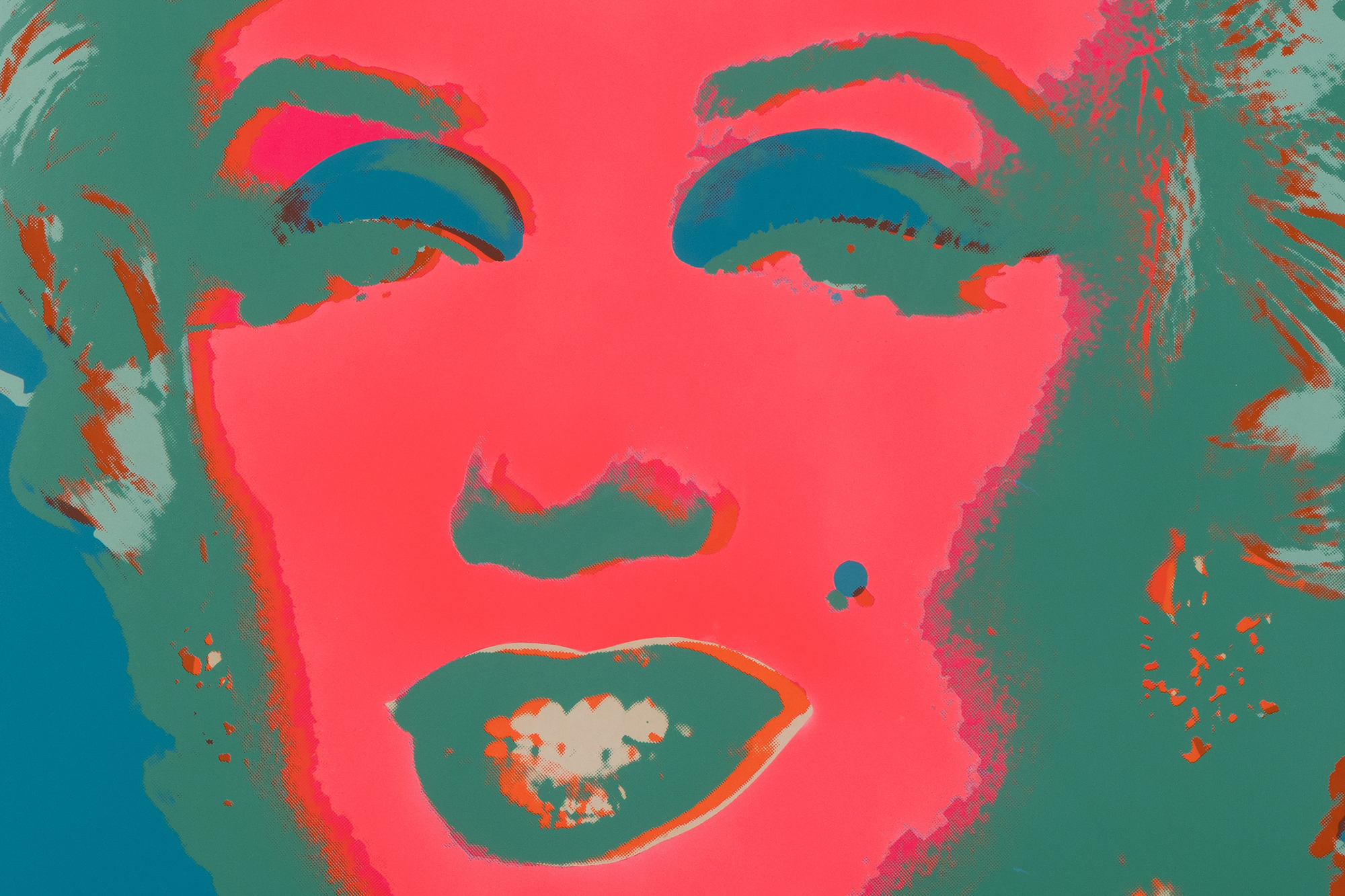
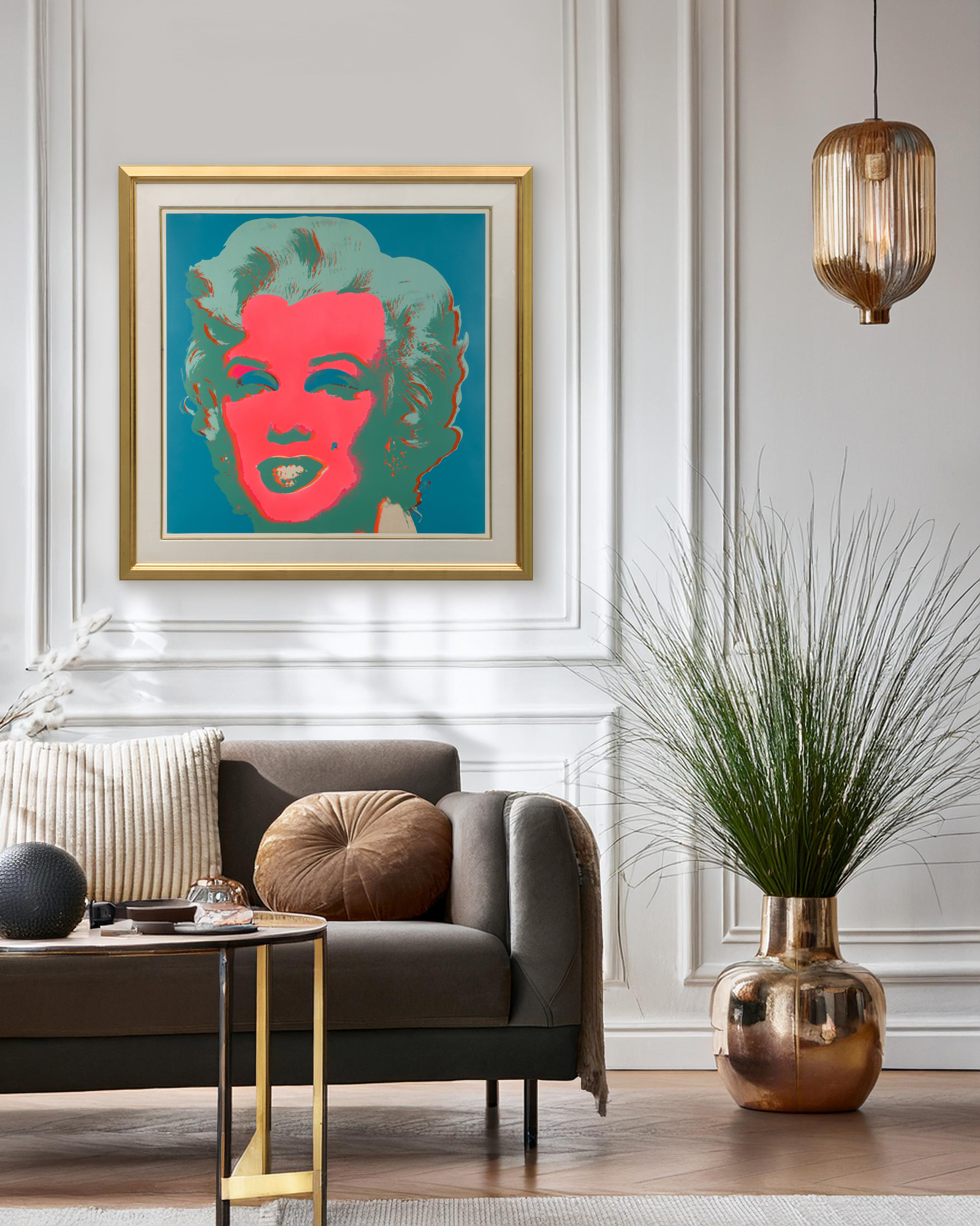



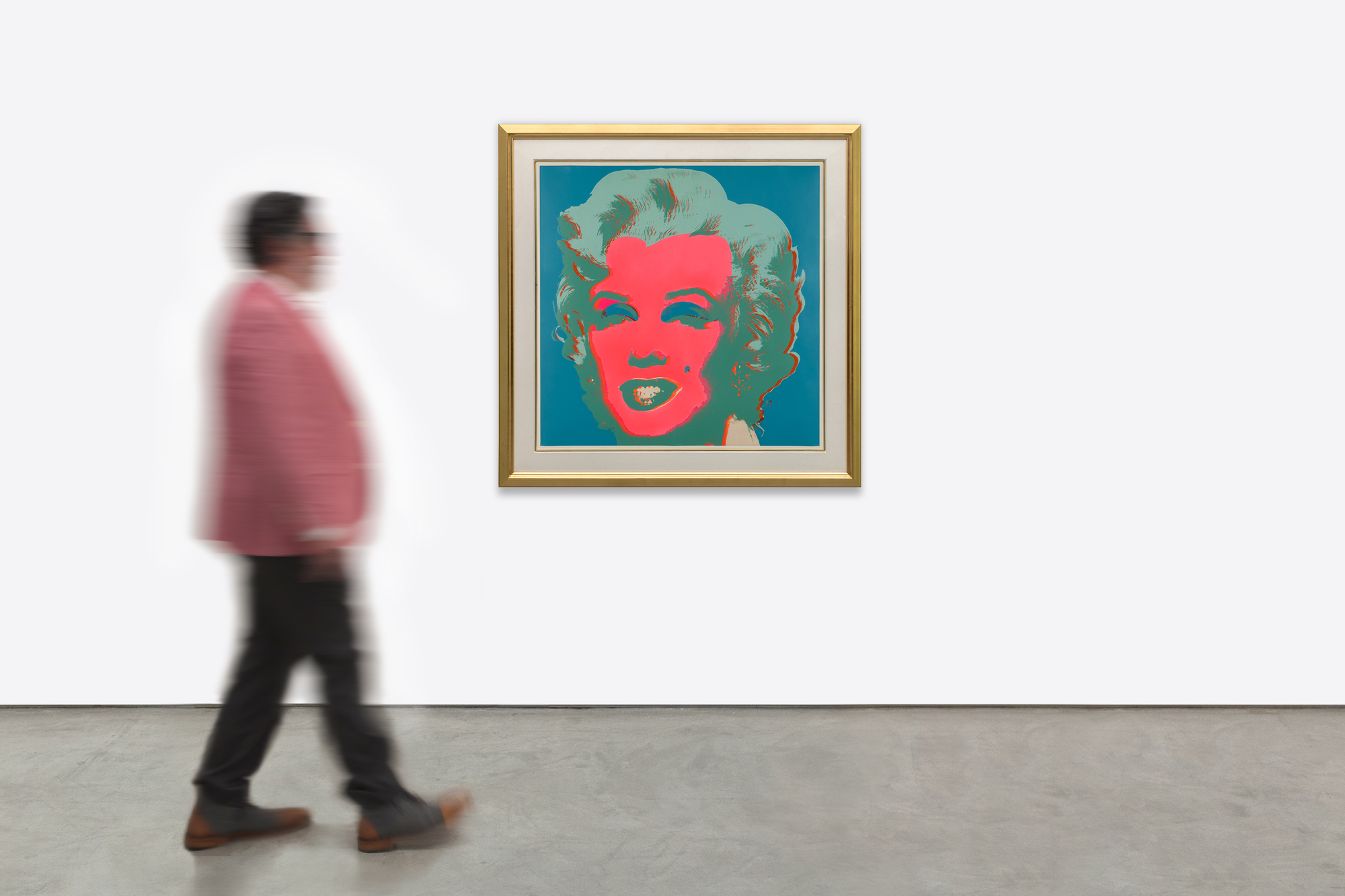
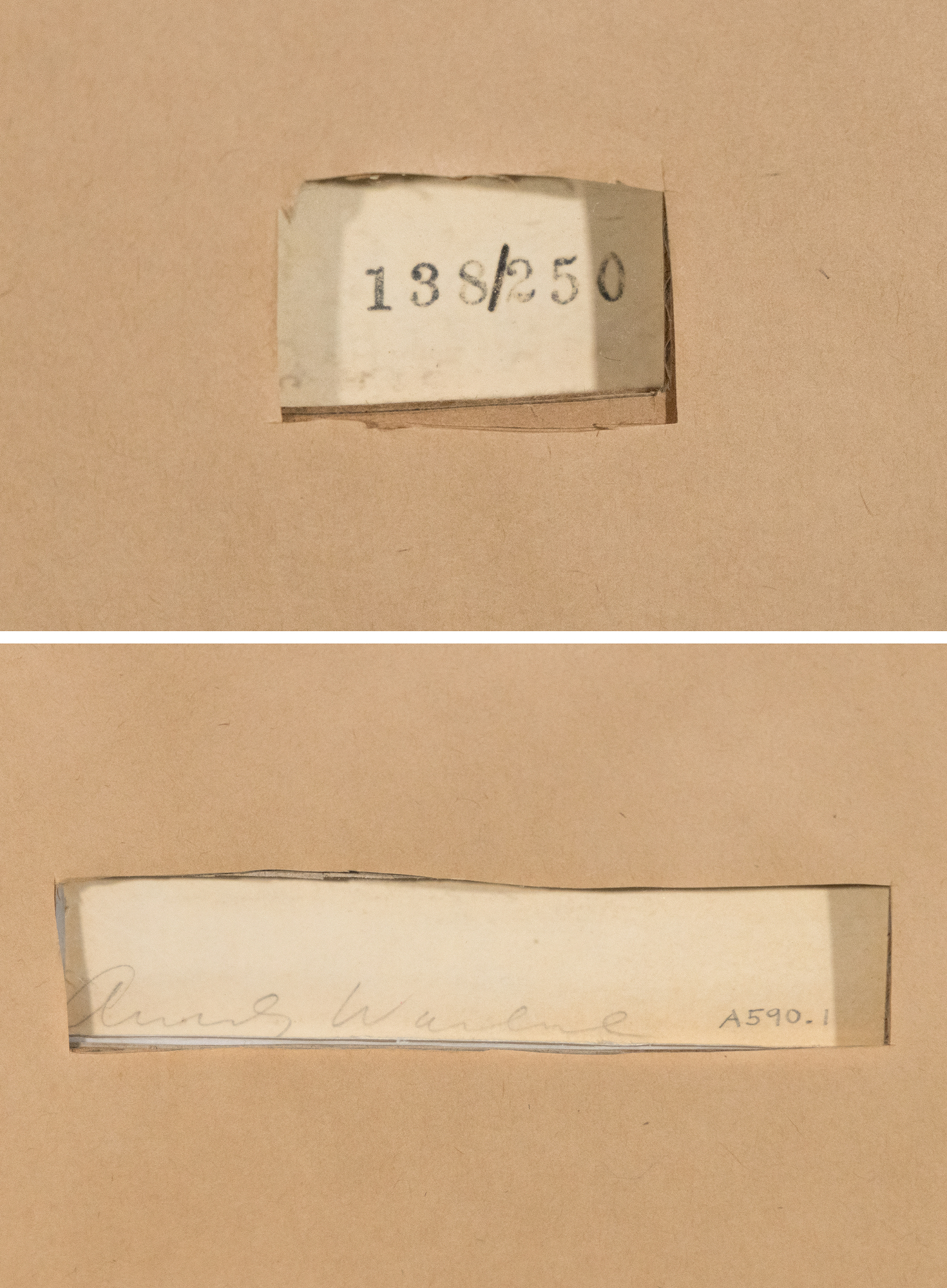
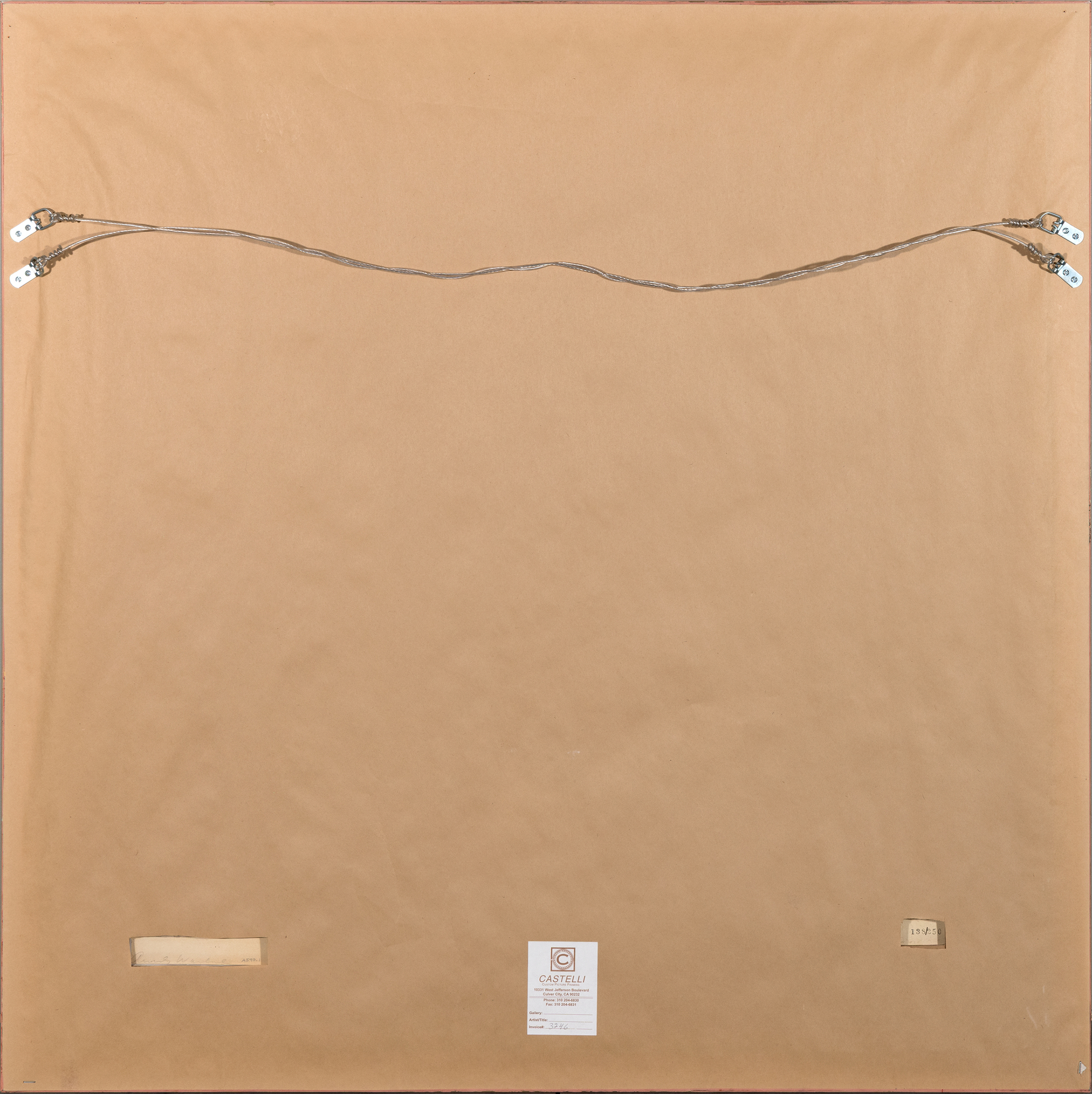
Provenance
Hamilton Selway Fine ArtCollection privée
Littérature
Frayda Feldman & Jorg Schellmann, Andy Warhol Prints : A Catalogue Raisonne : 1962-1987, New York, 2003, no. II.30225,000
Inspirées d'une photo publicitaire du film Niagara de 1953, les Marilyns de Warhol incarnent sa fascination pour la célébrité, les médias de masse et le pouvoir de l'image reproduite. Chaque tirage de la série a été créé à l'aide de cinq écrans - un pour la ressemblance photographique et quatre pour les zones de couleur - délibérément superposés avec des teintes audacieuses qui sont parfois légèrement décalées. Ce décalage accentue la tension entre le glamour et l'artifice, faisant écho à l'éclat fragile de la personnalité de Marilyn Monroe.
Les tirages "Marilyn", l'une des œuvres phares de Warhol, restent des icônes du Pop Art. Ils associent la célébrité hollywoodienne à la répétition mécanique de la sérigraphie pour créer une méditation intemporelle sur la célébrité, le désir et l'image.


